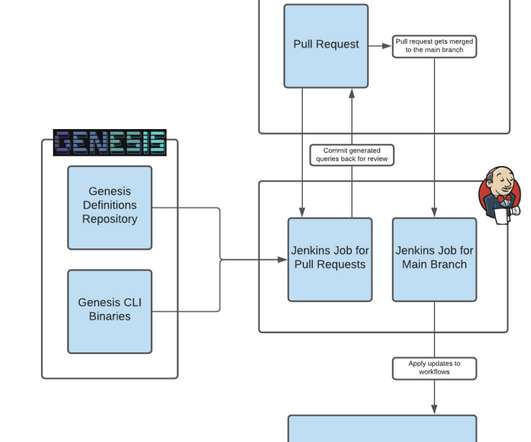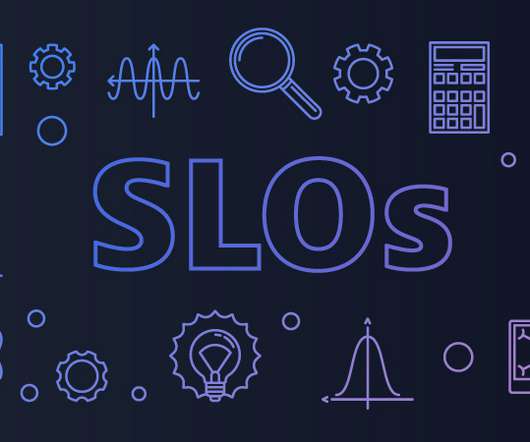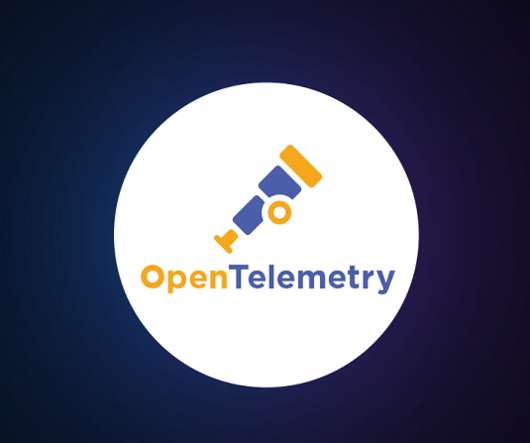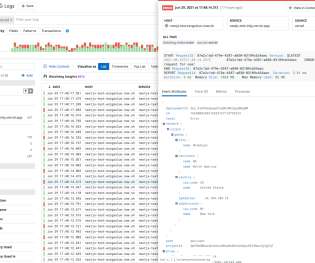What is a data lakehouse? Combining data lakes and warehouses for the best of both worlds
Dynatrace
OCTOBER 4, 2022
This data lands in its original, raw form without requiring schema definition. The result is a framework that offers a single source of truth and enables companies to make the most of advanced analytics capabilities simultaneously. Data lakehouses deliver the query response with minimal latency. Massively parallel processing.

























Let's personalize your content